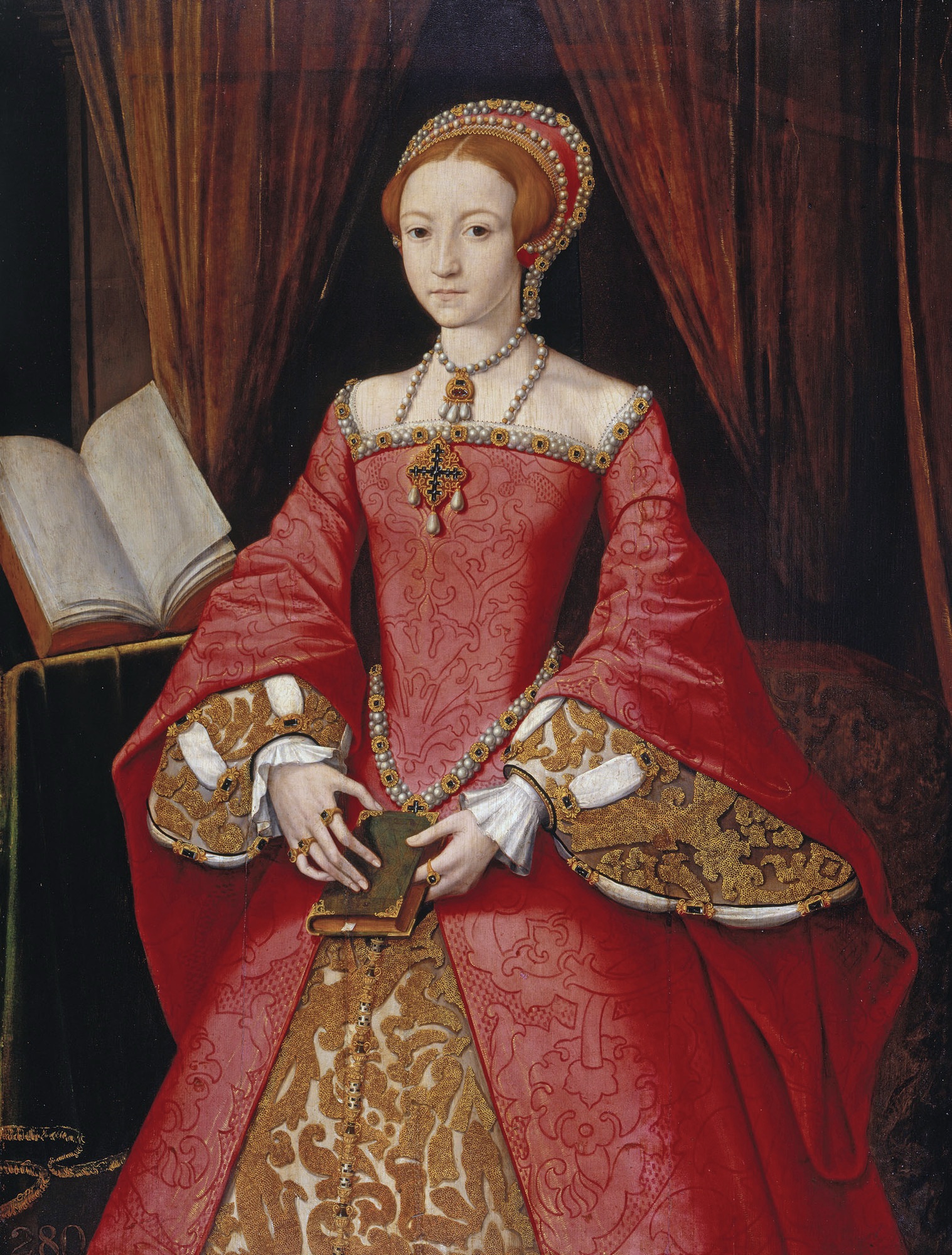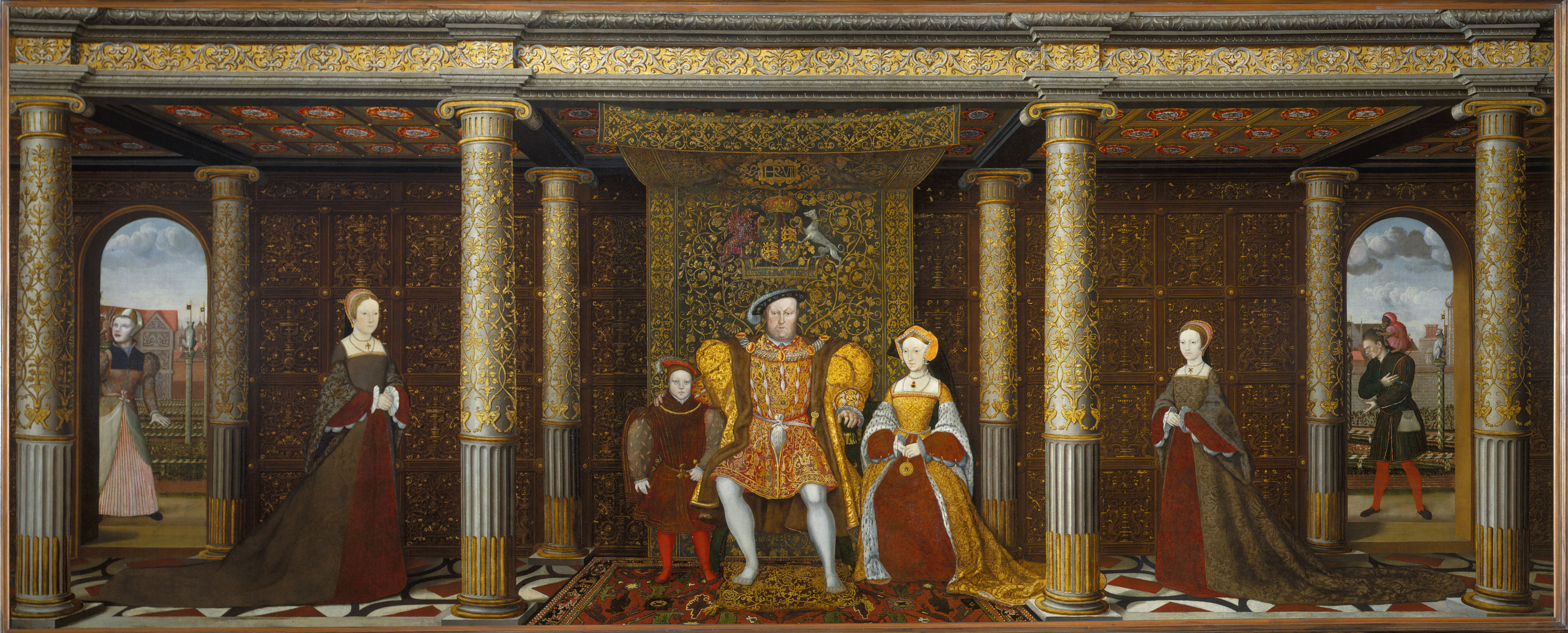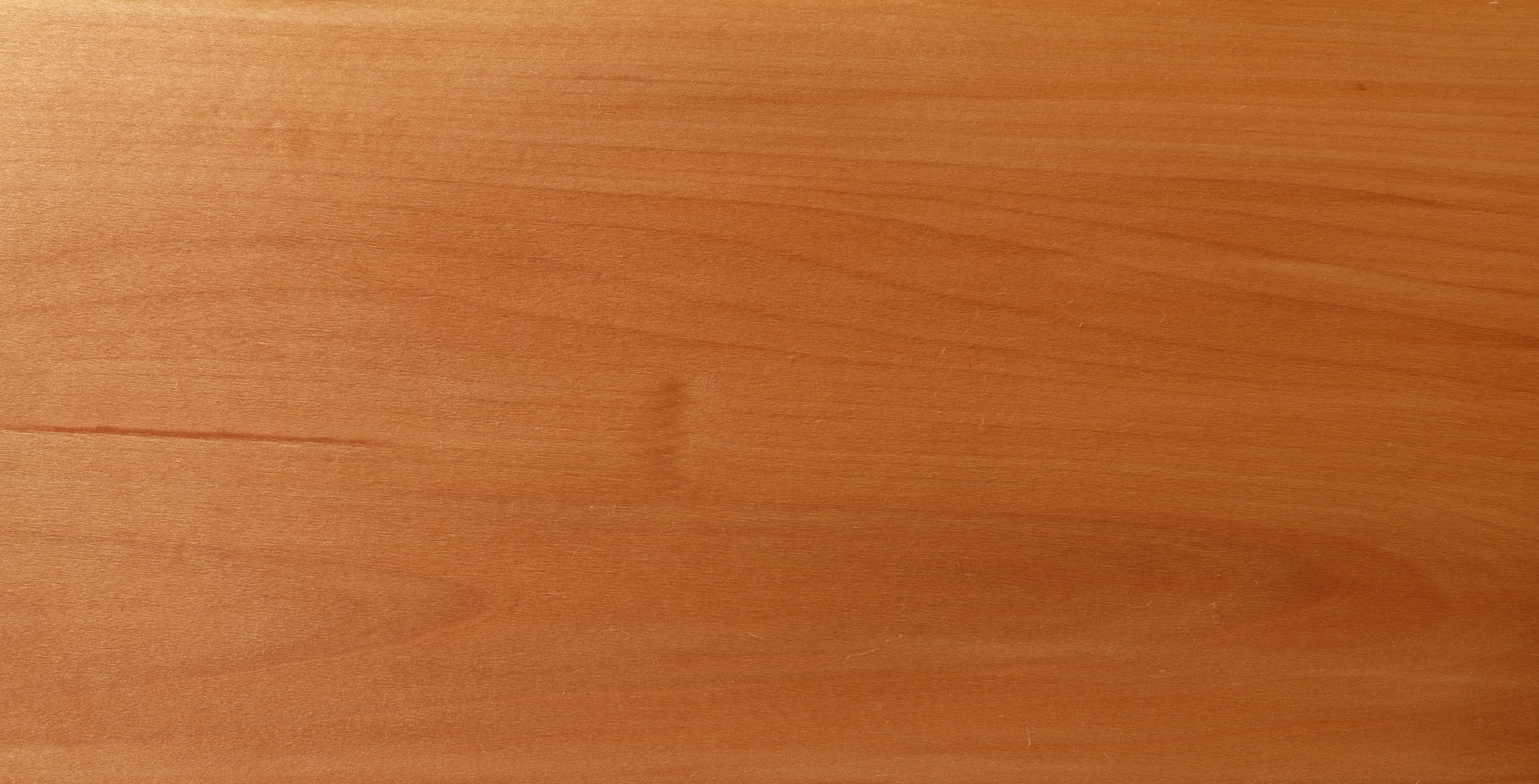|
Chequers Court
Chequers ( ), or Chequers Court, is the country house of the Prime Minister of the United Kingdom. A 16th-century manor house in origin, it is located near the village of Ellesborough, halfway between Princes Risborough and Wendover in Buckinghamshire, United Kingdom, at the foot of the Chiltern Hills. It is about north-west of central London. Coombe Hill, once part of the estate, is located northeast. Chequers has been the country home of the serving Prime Minister since 1921 after the estate was given to the nation by Sir Arthur Lee by a Deed of Settlement, given full effect in the Chequers Estate Act 1917. The house is listed Grade I on the National Heritage List for England. Origin of the name The name "Chequers" may derive from an early owner of the manor of Ellesborough in the 12th century, Elias Ostiarius (or de Scaccario). The name "Ostiarius" meant an usher of the Court of the Exchequer and ''scacchiera'' means a chessboard in Italian. Elias Ostiarius's coat of arm ... [...More Info...] [...Related Items...] OR: [Wikipedia] [Google] [Baidu] |
Official Residence
An official residence is the House, residence of a head of state, head of government, governor, Clergy, religious leader, leaders of international organizations, or other senior figure. It may be the same place where they conduct their work-related functions. List of official residences, by country Afghanistan *Arg, Kabul, Arg (Cabinet of Afghanistan, Cabinet) Albania * Prime Minister's Office (Albania), Prime Minister's Office * Pallati i Brigadave * Ish-Blloku (former residence of Enver Hoxha) Algeria * El Mouradia Palace, El Mouradia Presidential Palace Angola * Presidential Palace Antigua and Barbuda * Government House (Antigua & Barbuda), Government House (List of Governors-General of Antigua and Barbuda, Governor-General) Argentina * Casa Rosada (President of Argentina, Presidential office) * Quinta de Olivos (Presidential residence) * Chapadmalal Residence (Summer House) Armenia * President's Residence, Yerevan, President's Residence * Prime Minister's Residence, ... [...More Info...] [...Related Items...] OR: [Wikipedia] [Google] [Baidu] |
National Heritage List For England
The National Heritage List for England (NHLE) is England's official database of protected heritage assets. It includes details of all English listed buildings, scheduled monuments, register of historic parks and gardens, protected shipwrecks, and registered battlefields. It is maintained by Historic England, a government body, and brings together these different designations as a single resource even though they vary in the type of legal protection afforded to them. Although not designated by Historic England, World Heritage Sites also appear on the NHLE; conservation areas do not appear since they are designated by the relevant local planning authority. The passage of the Ancient Monuments Protection Act 1882 established the first part of what the list is today, by granting protection to 50 prehistoric monuments. Amendments to this act increased the levels of protection and added more monuments to the list. Beginning in 1948, the Town and Country Planning Acts created the fir ... [...More Info...] [...Related Items...] OR: [Wikipedia] [Google] [Baidu] |
Oliver Cromwell
Oliver Cromwell (25 April 15993 September 1658) was an English politician and military officer who is widely regarded as one of the most important statesmen in English history. He came to prominence during the 1639 to 1651 Wars of the Three Kingdoms, first as a senior commander in the Parliamentarian army and then as a politician. A leading advocate of the execution of Charles I in January 1649, which led to the establishment of the Republican Commonwealth of England, Scotland and Ireland, he ruled as Lord Protector from December 1653 until his death in September 1658. Cromwell nevertheless remains a deeply controversial figure in both Britain and Ireland, due to his use of the military to first acquire, then retain political power, and the brutality of his 1649 Irish campaign. Educated at Sidney Sussex College, Cambridge, Cromwell was elected MP for Huntingdon in 1628, but the first 40 years of his life were undistinguished and at one point he contemplated emigration to ... [...More Info...] [...Related Items...] OR: [Wikipedia] [Google] [Baidu] |
John Russell (colonial Administrator)
John Russell (14 October 1670 – 5 December 1735) was an administrator of the English East India Company. Life The posthumous third son of Sir John Russell, 3rd Baronet and Frances Cromwell, he was on his mother's side a grandson of Oliver Cromwell. He was elected a factor of the East India Company in 1693, and went to Bengal in 1694. Russell served as President of Bengal, succeeding Anthony Weltden in the post in 1711. Family On 17 December 1697, Russell married Mary Eyre, sister of Sir Charles Eyre. They had one son and three daughters: *Col. Charles Russell (1700–1754), colonel of the 34th Regiment of Foot, married Mary Johanna Cutts Revett, daughter of Col. Edmund Revett, and had issue, including Sir John Russell, 8th Baronet *Frances Russell, married John Revett, son of Col. Edmund Revett, became bedchamber woman to Princess Amelia of Great Britain *Mary Russell, married Josiah Holmes, without issue *Elizabeth Russell, married Samuel Greenhill, mother of John Russel ... [...More Info...] [...Related Items...] OR: [Wikipedia] [Google] [Baidu] |
Elizabeth I Of England
Elizabeth I (7 September 153324 March 1603) was List of English monarchs, Queen of England and List of Irish monarchs, Ireland from 17 November 1558 until her death in 1603. Elizabeth was the last of the five House of Tudor monarchs and is sometimes referred to as the "Virgin Queen". Elizabeth was the daughter of Henry VIII and Anne Boleyn, his second wife, who was executed when Elizabeth was two years old. Anne's marriage to Henry was annulled, and Elizabeth was for a time declared Royal bastard, illegitimate. Her half-brother Edward VI ruled until his death in 1553, bequeathing the crown to Lady Jane Grey and ignoring the claims of his two half-sisters, the Catholic Church, Catholic Mary I of England, Mary and the younger Elizabeth, in spite of Third Succession Act, statute law to the contrary. Edward's will was set aside and Mary became queen, deposing Lady Jane Grey. During Mary's reign, Elizabeth was imprisoned for nearly a year on suspicion of supporting Protestant reb ... [...More Info...] [...Related Items...] OR: [Wikipedia] [Google] [Baidu] |
Henry VII Of England
Henry VII (28 January 1457 – 21 April 1509) was King of England and Lord of Ireland from his seizure of the crown on 22 August 1485 until his death in 1509. He was the first monarch of the House of Tudor. Henry's mother, Margaret Beaufort, was a descendant of the Lancastrian branch of the House of Plantagenet. Henry's father, Edmund Tudor, 1st Earl of Richmond, a half-brother of Henry VI of England and a member of the Welsh Tudors of Penmynydd, died three months before his son Henry was born. During Henry's early years, his uncle Henry VI was fighting against Edward IV, a member of the Yorkist Plantagenet branch. After Edward retook the throne in 1471, Henry Tudor spent 14 years in exile in Brittany. He attained the throne when his forces, supported by France, Scotland, and Wales, defeated Edward IV's brother Richard III at the Battle of Bosworth Field, the culmination of the Wars of the Roses. He was the last king of England to win his throne on the field of battle. H ... [...More Info...] [...Related Items...] OR: [Wikipedia] [Google] [Baidu] |
Lady Jane Grey
Lady Jane Grey ( 1537 – 12 February 1554), later known as Lady Jane Dudley (after her marriage) and as the "Nine Days' Queen", was an English noblewoman who claimed the throne of England and Ireland from 10 July until 19 July 1553. Jane was the great-granddaughter of Henry VII of England, Henry VII through his younger daughter Mary Tudor, Queen of France, Mary, and was a first cousin once removed of Edward VI. She had an excellent Renaissance humanism, humanist education, and a reputation as one of the most learned young women of her day. In May 1553, she married Lord Guildford Dudley, a younger son of Edward's chief minister John Dudley, Duke of Northumberland. In June 1553, Edward VI wrote his will, nominating Jane and her male heirs as successors to the Crown, in part because his half-sister Mary I of England, Mary was Catholic, while Jane was a committed Protestant and would support the reformed Church of England, whose foundation Edward laid. The will removed his half-si ... [...More Info...] [...Related Items...] OR: [Wikipedia] [Google] [Baidu] |
Lady Mary Grey
Lady Mary Keyes (née Grey; April 20, 1545 – 20 April 1578) was the youngest daughter of Henry Grey, 1st Duke of Suffolk, and Frances Brandon, and through her mother had a claim on the crown of England. Early life Mary Grey, born about April 20, 1545, was the third and youngest daughter of Henry Grey, 1st Duke of Suffolk, and Lady Frances Brandon, daughter of Charles Brandon, 1st Duke of Suffolk, and Mary Tudor, the younger of the two daughters of King Henry VII and Elizabeth of York. Mary had two sisters, Lady Jane Grey and Lady Katherine Grey. Throne claims As great-grandchildren of Henry VII, Mary and her sisters were potential heirs to the crown. When King Edward VI died on 6 July 1553, he left a Will (approved by John Dudley, 1st Duke of Northumberland) naming Mary's eldest sister, Jane, recently married to Northumberland's son Guildford Dudley, to succeed to the throne. Some weeks before, on 25 May 1553, Mary Grey, still a young child, had been betrothed to her distan ... [...More Info...] [...Related Items...] OR: [Wikipedia] [Google] [Baidu] |
Elizabeth I
Elizabeth I (7 September 153324 March 1603) was Queen of England and Ireland from 17 November 1558 until her death in 1603. Elizabeth was the last of the five House of Tudor monarchs and is sometimes referred to as the "Virgin Queen". Elizabeth was the daughter of Henry VIII and Anne Boleyn, his second wife, who was executed when Elizabeth was two years old. Anne's marriage to Henry was annulled, and Elizabeth was for a time declared illegitimate. Her half-brother Edward VI ruled until his death in 1553, bequeathing the crown to Lady Jane Grey and ignoring the claims of his two half-sisters, the Catholic Mary and the younger Elizabeth, in spite of statute law to the contrary. Edward's will was set aside and Mary became queen, deposing Lady Jane Grey. During Mary's reign, Elizabeth was imprisoned for nearly a year on suspicion of supporting Protestant rebels. Upon her half-sister's death in 1558, Elizabeth succeeded to the throne and set out to rule by good counsel. She ... [...More Info...] [...Related Items...] OR: [Wikipedia] [Google] [Baidu] |
David Starkey
David Robert Starkey (born 3 January 1945) is an English historian and radio and television presenter, with views that he describes as conservative. The only child of Quaker parents, he attended Kendal Grammar School before studying at Cambridge through a scholarship. There he specialised in Tudor history, writing a thesis on King Henry VIII's household. From Cambridge, he moved to the London School of Economics, where he was a lecturer in history until 1998. He has written several books on the Tudors. Starkey first appeared on television in 1977. While a regular contributor to the BBC Radio 4 debate programme ''The Moral Maze'', his acerbic tongue earned him the sobriquet of "rudest man in Britain"; his frequent appearances on ''Question Time'' have been received with criticism and applause. Starkey has presented several historical documentaries. In 2002, he signed a £2 million contract with Channel 4 for 25 hours of programming, and in 2011 was a contributor on t ... [...More Info...] [...Related Items...] OR: [Wikipedia] [Google] [Baidu] |
Chequer Tree
''Sorbus torminalis'', with common names wild service tree, chequers, and checker tree, is a species of tree in the mountain ash or rowan genus ('' Sorbus'') of the rose family (Rosaceae), that is native to Europe, parts of northern Africa and western Asia. Description It is a medium-sized deciduous tree growing to tall, with a trunk up to in diameter. The bark is smooth and grayish, but flaky, peeling away in squarish plates to reveal darker brown layers. The leaves are long and broad with a petiole, dark green on both sides, with five to nine acute lobes; the basal pair of lobes are spreading, the rest more forward-pointing and decreasing in size to the leaf apex, and with finely toothed margins; the undersides have small hairs when young, but both sides are smooth and shiny when older; the autumn colour is yellow to red-brown. The flowers are in diameter, with five white petals and 20 creamy-white stamens; they are produced in corymbs diameter in late spring to earl ... [...More Info...] [...Related Items...] OR: [Wikipedia] [Google] [Baidu] |
Chequer Board
A checkerboard (American English) or chequerboard ( British English; see spelling differences) is a board of checkered pattern on which checkers (also known as English draughts) is played. Most commonly, it consists of 64 squares (8×8) of alternating dark and light color, typically green and buff (official tournaments), black and red (consumer commercial), or black and white (printed diagrams). An 8×8 checkerboard is used to play many other games, including chess, whereby it is known as a chessboard. Other rectangular square-tiled boards are also often called checkerboards. Games and puzzles using checkerboards Martin Gardner featured puzzles based on checkerboards in his November 1962 Mathematical Games column in Scientific American. A square checkerboard with an alternating pattern is used for games including: * Amazons * Chapayev * Chess and some of its variants (see chessboard) * Czech draughts * Draughts, also known as checkers * Fox games * Frisian draughts * ... [...More Info...] [...Related Items...] OR: [Wikipedia] [Google] [Baidu] |








